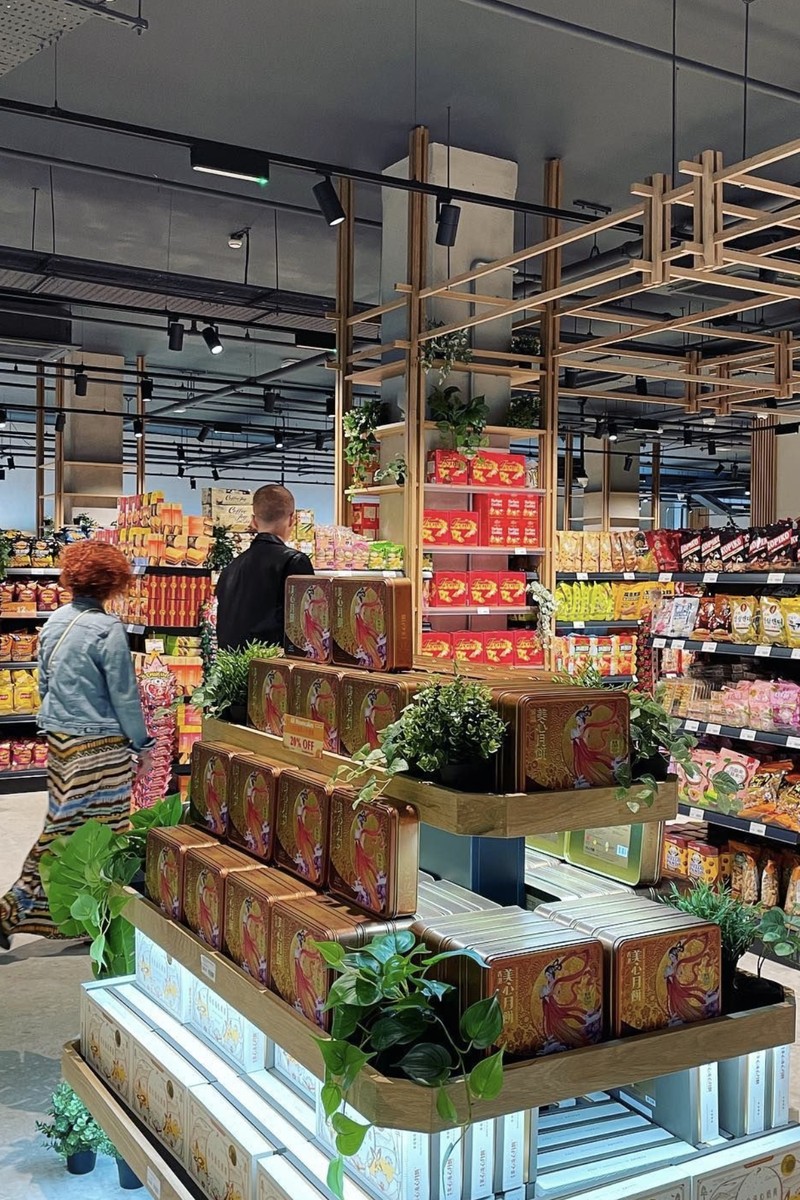What The Pros Like To Buy At Asian Supermarkets
Ching He Huang
Chef & TV presenter
“Shaoxing rice wine is the most important seasoning ingredient in Chinese food. Made from rice, millet and yeast that has been aged for three to five years, it brings out the natural sweet flavours of meat and fish, thereby enhancing the umami, deep savoury notes. Look for the TTL brand. Vegetarian mushroom sauce – otherwise known as mushroom oyster sauce – is also an essential. Made from cooked-down mushrooms, it’s umami and rich, and I love it in stir fries. Choose one that’s thick and has a glossy shine. Fresh dumpling wrappers are another must, as I never have time to make fresh dough from scratch. These are sliced paper thin, and made from salt, flour and water. You can also make delicious money bag wontons from egg wonton wrappers. Both are used to encase any vegetable or meat packed fillings. Once the dumplings/wontons are filled, they can be stored in trays in the freezer and boiled from frozen, dropped into soups, hotpots, or served with delicious dipping sauces. A tip is to keep a damp towel over the top sheet to prevent them from drying out.”
“One of my favourite ingredients is Chinese wood ear mushrooms. These dark brown fungi have ear-shaped caps and are super crunchy. They don’t impart flavour but do add colour and crispness – perfect for a Chinese salad with carrots, spring onions and a garlic and sesame dressing. They should be soaked in hot water for 20 minutes before cooking, as they will double in size, then finely shredded – a must-have in hot sour soup. I also love daikon, a white radish which looks like a large carrot, for its peppery taste and distinctive smell. It can be eaten raw in salads, pickled in kimchi, or boiled to create sweetness in soups. It contains vitamin C and diastase, a super healthy ingredient that aids digestion. Look for one that’s firm to the touch with a smooth white skin and pale green top. I always pick up a few for my homemade kimchi recipe from my latest cookbook, Asian Green.
Visit ChingHeHuang.com
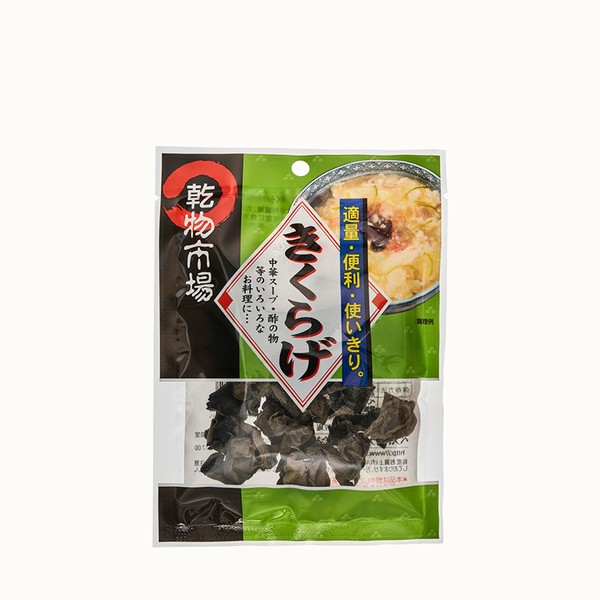
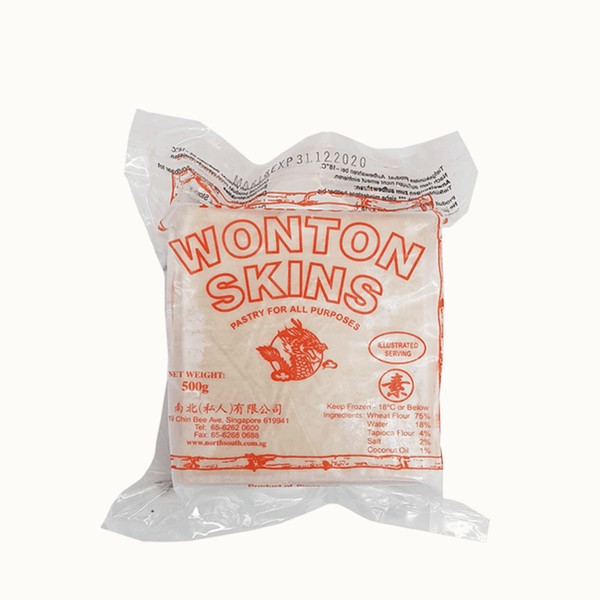


Ana De Costa
Two Hot Asians
“Soy sauce is not only a staple ingredient in a lot of Asian cooking but also a must-have in our household. It’s so versatile: you can use it in a marinade, to season, as a dressing or as a dipping sauce. My go-to is the Hamada VII Naturally Brewed Japanese Soy Sauce. For a quick and delicious dipping sauce, mix together two tablespoons of soy sauce, half a teaspoon of toasted sesame oil, half a teaspoon of lime juice, and a quarter teaspoon of white pepper. Delicious. I am a big fan of MSG and I discovered Ajinomoto Salted Pepper, a salt and white pepper mix with MSG seasoning. It’s the most addictive seasoning I’ve ever tried, and I’ve sprinkled it over everything – no joke, even buttered toast.
“I enjoy making my own dumplings, but I don’t always have time to, so I make sure I always have a pack of frozen dumplings for rainy days. Fresh Asia’s Pork & Chive Dumplings are my favourite; I usually boil them and serve them with my lime and soy dipping sauce. Another ingredient that will elevate your dishes is zha cai, the preserved stalks of mustard plants which are pickled in chilli paste. It's crunchy and salty, and makes a great topping for fried rice, stir fries, or congee (rice porridge) – a little goes a long way.”
Visit TwoHotAsians.com
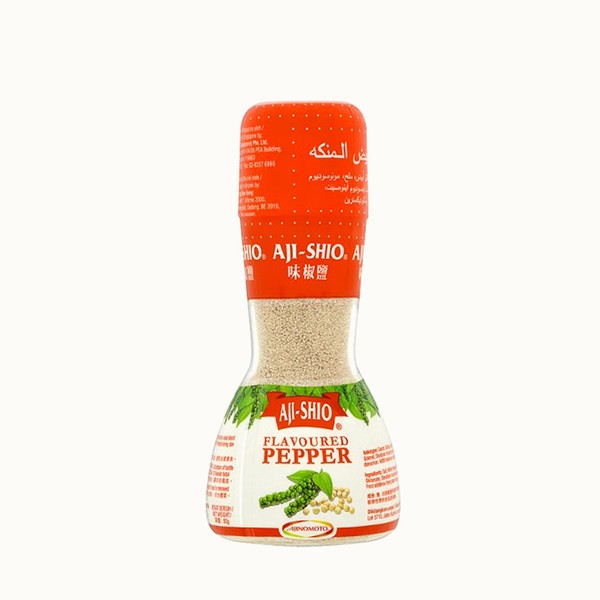
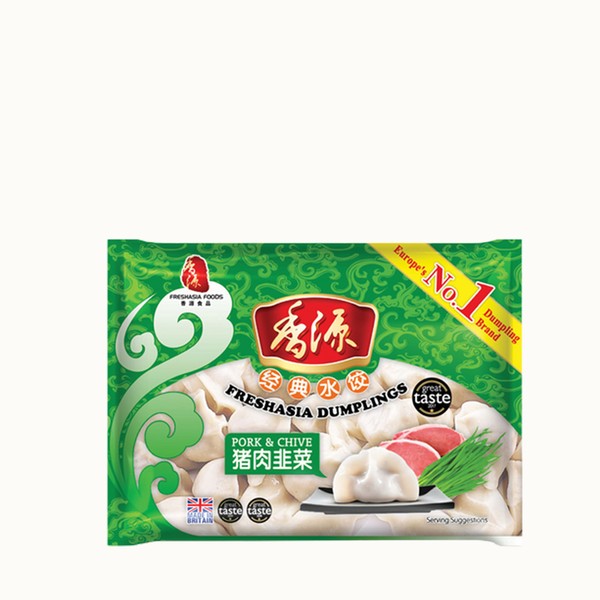

John Javier
Tent (At The End Of The Universe)
“Yuzu Kosho is the perfect way to add citrus and spice to any dressing or sauce. You can also use it as an alternative to mustard when seasoning meat. Another go-to is kombu tsuyu, which is a concentrated kombu (seaweed) soup base. It’s a quick cheat ingredient that adds maximum flavour to dishes – add some to sauce or stock and taste the difference. I also swear by MSG. People have to forget this false idea that MSG is bad for you… It’s not. It’s naturally found in seaweed, vegetables and fruit. MSG shouldn’t be used as a substitute for salt but rather as an additional way to season recipes – similar to the way you would use a combination of sugar, salt or acid to balance a flavour profile. Lastly, I can’t leave the shop without a few packets of Mi Goreng Stir-Fry Noodles. If you don’t already know, these are the best two-minute noodles in the entire world. Nothing even comes close. The power move is to have them topped with a fried egg.”
Visit Little-Portland.com
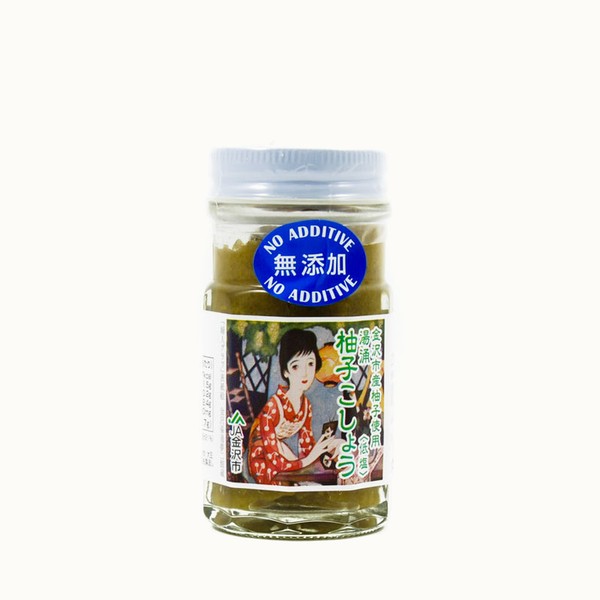
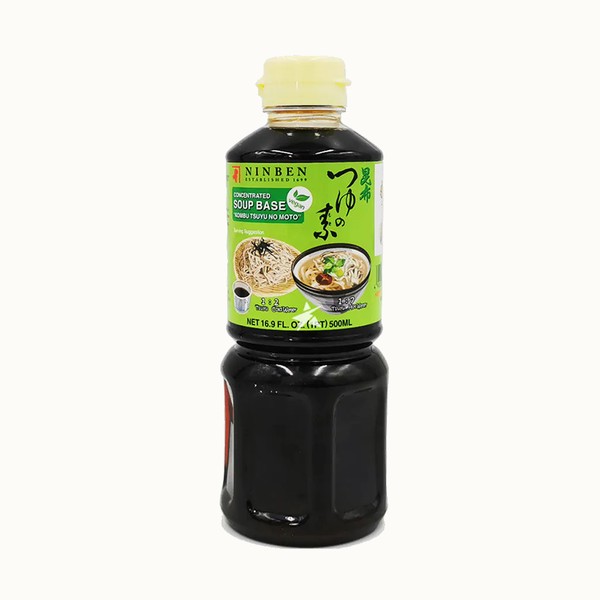
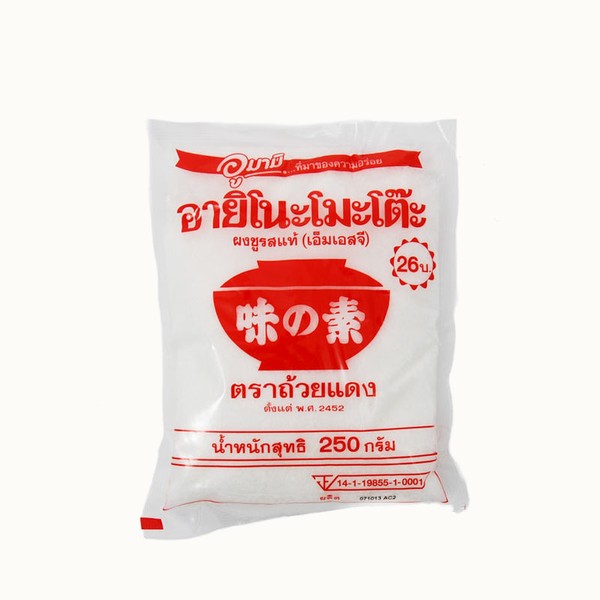
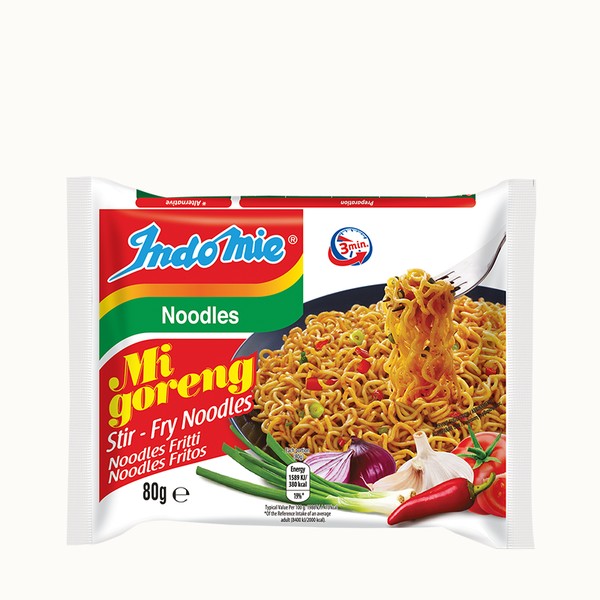
Rachel Khoo
Chef & Food Writer
“I grew up going to the Chinese supermarkets in London's Chinatown where my parents would pick up packets of tofu way before it was fashionable. I buy a variety, including fried tofu puffs which are great thrown into a soup, smoked tofu for sandwiches silken tofu for vegan desserts like chocolate mousse and firm tofu for stir fries and stews. I also pick up a dozen packets of instant noodles. The crazier the flavour, the better. They’re super handy for a speedy lunch; I like to top them with a soft-boiled egg, grated carrot or finely shredded cabbage for a pretty decent bowl of ramen noodle soup. You can also follow the TikTok trend of crumbling uncooked instant noodles onto a salad for a bit of crunch. Fresh herbs are a must, especially coriander, Thai basil and Vietnamese mint which are often sold in big bundles – perfect if you’re making pho or rice paper rolls. Any herbs you can't use up, chop up and freeze them.
“If you don't have a jar of Lao Gan Ma Spicy Chili Crisp, your fridge is missing out. Tao Huabi, the woman behind this crunchy, spicy and savoury condiment, appears on the jar and has an iconic status in China which is no surprise when you hear they produce 1.3 million bottles a day. It works well on anything from fried eggs and rice to cheese on toast. Finally, I love Pocky, the sweet Japanese snack. These crunchy thin pastry sticks come in several flavours, but I like to classic chocolate ones and matcha flavour. Highly moreish. Buy at least two packets.”
Visit RachelKhoo.com
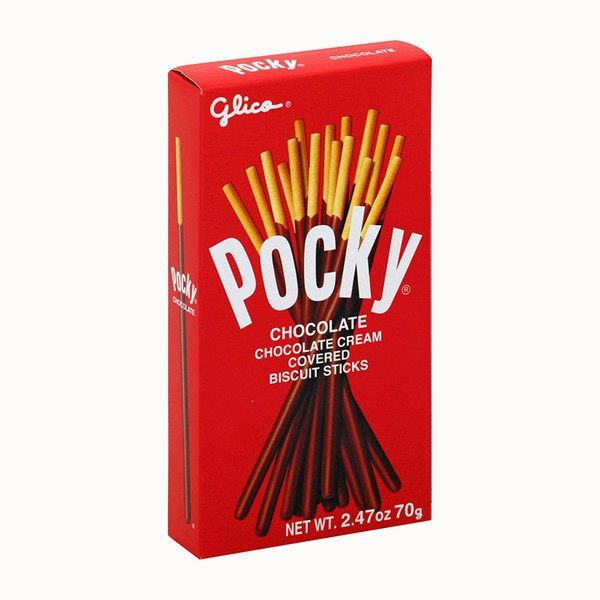
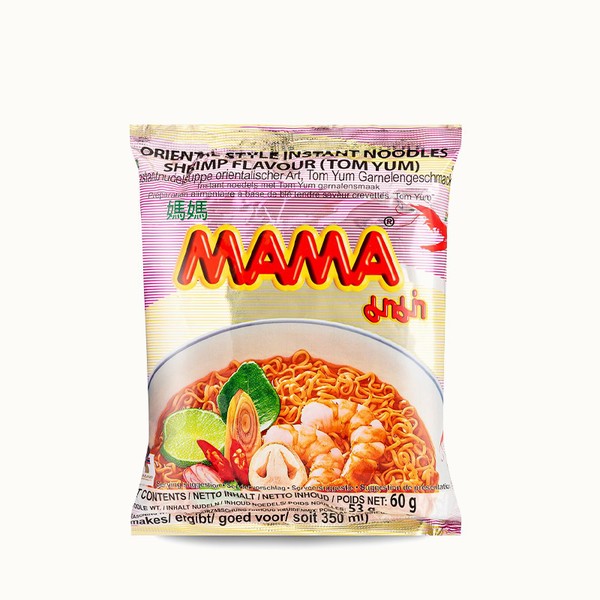
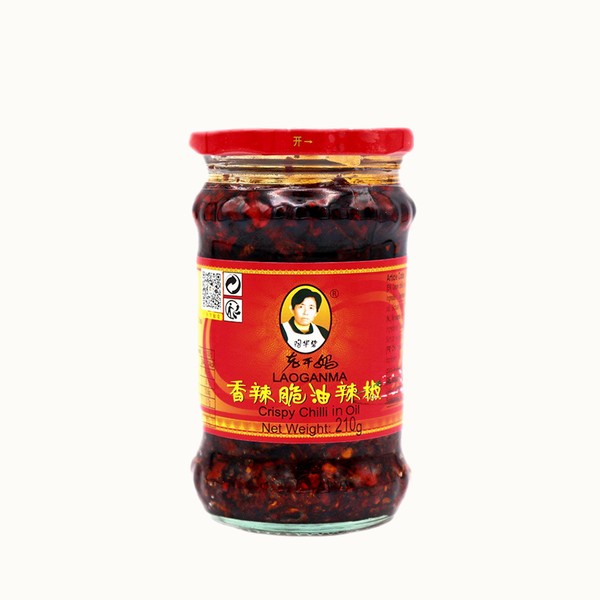
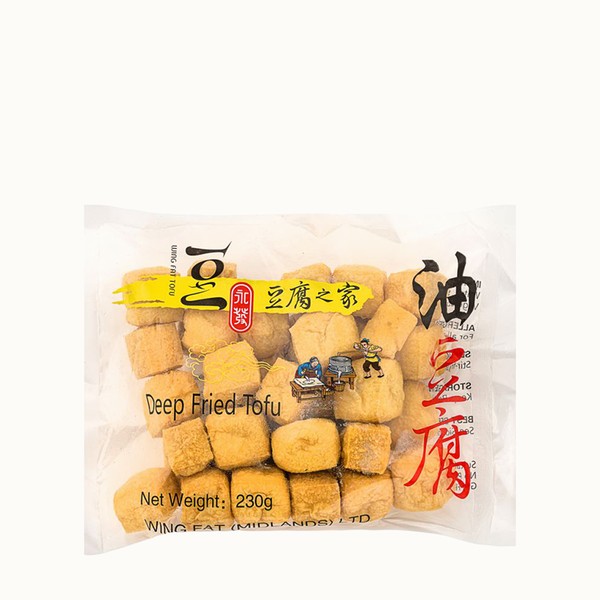
Moto Priestman
Okan
“I always have Clearspring’s Organic Tofu in my cupboard is. Again, it’s healthy, low calorie and high protein. I often make tofu miso soup with lots of vegetables, but the tastiest way is to cut it into cubes and serve it with soy sauce, spring onions and grated ginger with hot sake in winter or cold beer in summer. The best stock is Ninben Tsuyu no Moto Bonito Soup Base. Add it to hot water for a beautiful udon soup in seconds. It’s also great with stir-fried veg with a splash of sesame oil.
“QP’s Kewpie Mayonnaise works in so many dishes. I love a Japanese-style potato salad made with King Edward potatoes, unsalted butter, sliced cucumber, grated carrots and a dollop of Kewpie Mayo. Otherwise, it’s delicious spread on a thick slice of shokupan (Japanese milk bread loaf) with sweetcorn and grilled for three to four minutes. I also cook a lot of Japanese rice to make a donguri dish and yaki onigiri – rice cakes cooked in soy sauce. Mould the rice into balls by hands and cook them in a frying pan with sesame oil. Then, brush with soy sauce and leave to crisp up. Wrap them in seaweed sheets for a tasty snack.”
Visit Okan.com
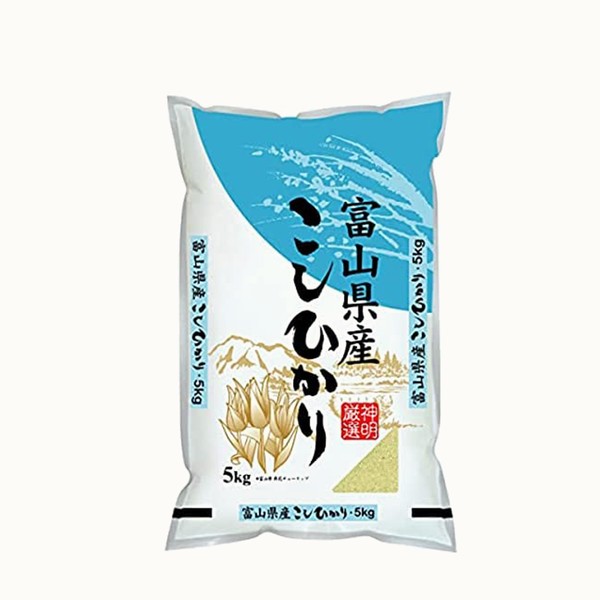
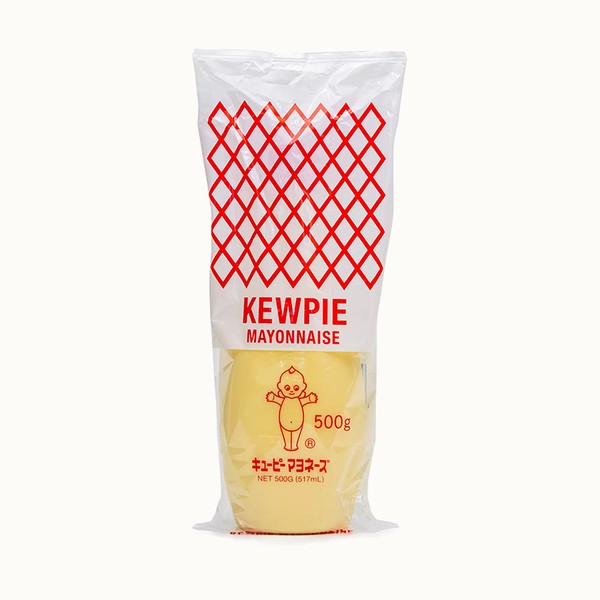
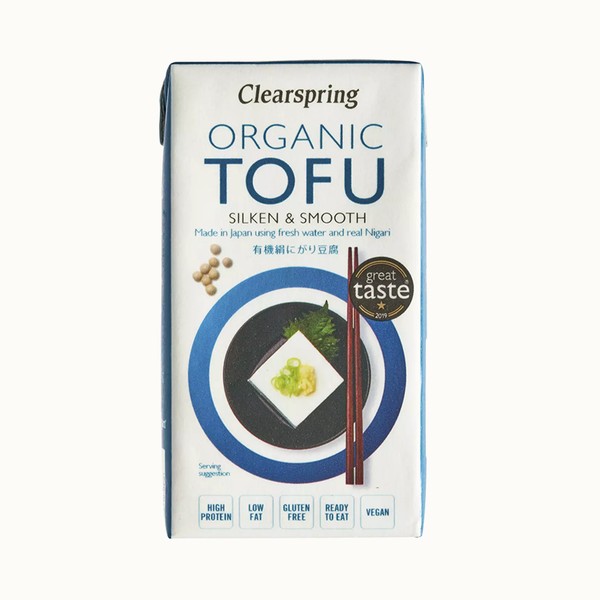

Amy Poon
Co-Founder Of Poon's
“Not all tofu is created equal. I particularly like the brand Well Soya which makes regular, firm and fried tofu. The regular tofu has a wonderful texture, silky and soft but with a good amount of structure for cooking. It’s fresh and you can really taste the difference. Fresh cheung fan is also a handy thing to have in the fridge or freezer. Steamed on its own with a drizzle of soy sauce and a smear of hoisin sauce, it’s a delicious breakfast or snack. I sometimes slice them up to use in a rice noodle soup with leftover roast chicken and fresh veg. The Lee Kum Kee Premium Oyster Sauce adds instant flavour with one shake of the bottle. It’s also good with veg, noodles and stir-fried meat.
Stock up on Chinese veg at your local Asian supermarket. The bok choy you’ll find is nothing like the rather mean portions on regular supermarket shelves. The variety, freshness and abundance – I never come away with just one kind. I also love kai lan (Chinese broccoli) and when available, bitter gourd and celtuce. Finally, look out for bean curd fermented in wine and salt. It comes in a jar and it’s a bomb of flavour, tangy and slightly cheesy. It’s commonly used for stir-frying veg like lettuce and morning glory, as well as an accompaniment to plain rice or congee. I like it spread on toast – and on French fries…”
Visit PoonsLondon.com
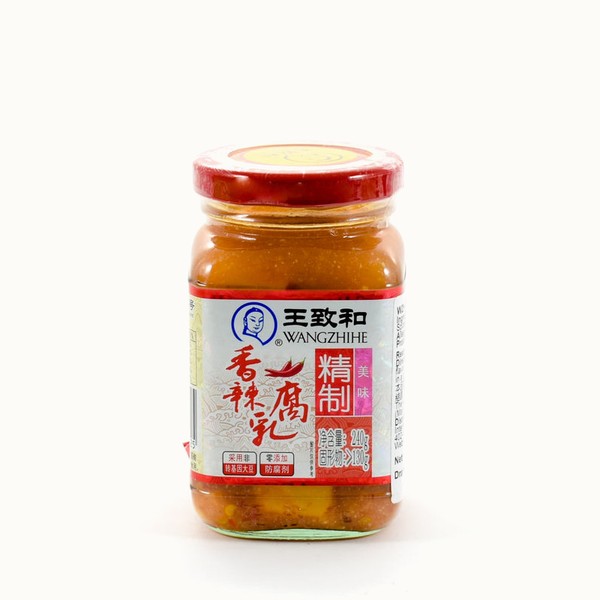
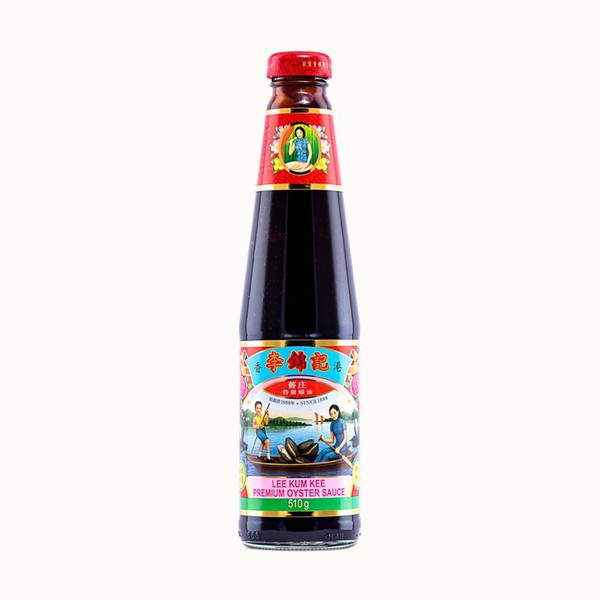
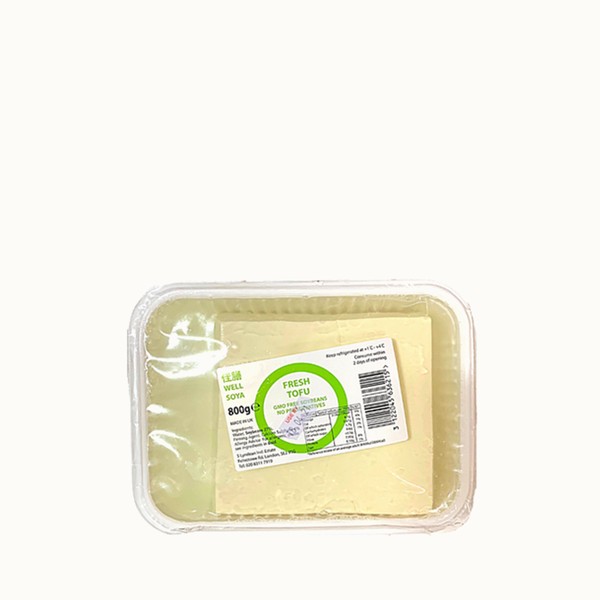
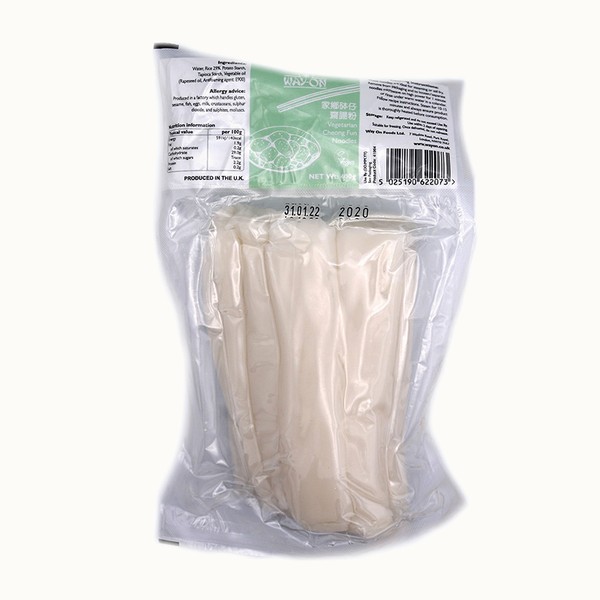
Inspired? Here Are Four Of The Best Asian Supermarkets In London
BEST FOR VARIETY
New Loon Moon
New Loon Moon in Chinatown is one of London’s oldest Asian supermarkets. It’s been serving locals – and many of the surrounding restaurants – for over 40 years and now has three floors filled with over 4,000 southeast Asian products. The team takes frequent trips to small vendors across Asia to source hard-to-find items from Thailand, Malaysia, Korea, Singapore, Indonesia and more. You’ll also find a selection of fresh produce, and an extensive range of packet noodles.
9A Gerrard Street, Chinatown, W1D 5PN
BEST FOR KOREAN FOOD
Oseyo
Oseyo is the UK’s largest Korean supermarket chain. With stores in Soho, Waterloo, Angel and Camden, you’ll find famous Korean items and ingredients, like kimchee, chilli seasoning, mochi, condiments and fermented aloe drinks, as well as rice cookers and ceramics. It’s also one of the few places in London that stocks a range of Korean beauty products.
Various sites
Visit Oseyo.co.uk
BEST FOR PREMIUM INGREDIENTS
Tian Tian Market
If you want to take your dishes to the next level, visit one of Tian Tian Market’s London stores, which stock a range of premium ingredients from southeast Asia. With an emphasis on niche groceries and trending street food, you’ll find items that are going viral on TikTok halfway across the world, like tteokbokki. Shoppers will find over 10,000 products from China, Japan, South Korea, Thailand and Vietnam. Don’t skip a trip to the bubble tea counter to sample some tasty and unusual flavours.
Various sites
Visit TianTian.London
BEST FOR JAPANESE PRODUCE
Ichiba
Ichiba at Westfield London is Europe’s biggest Japanese food hall. There are thousands of classic Japanese ingredients on the shelves like mirin rice wine, panko breadcrumbs and tempura flour, as well as snacks and sweets. The store also has a butcher and fishmonger for specific Japanese dishes, plus a bakery serving shoku pan bread loaves, dorayaki, tea, coffee and matcha lattes. Once you’ve stocked up, stop at one of the street food stalls for noodles, sushi and donburi.
Relay Square, Westfield London, White City, W12 7HB
Visit IchibaLondon.com
DISCLAIMER: We endeavour to always credit the correct original source of every image we use. If you think a credit may be incorrect, please contact us at info@sheerluxe.com.


